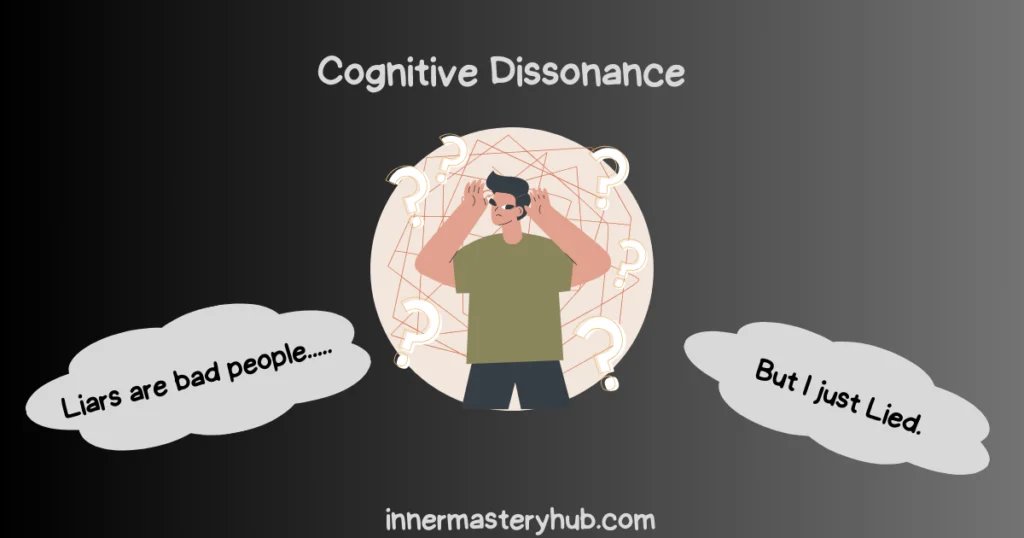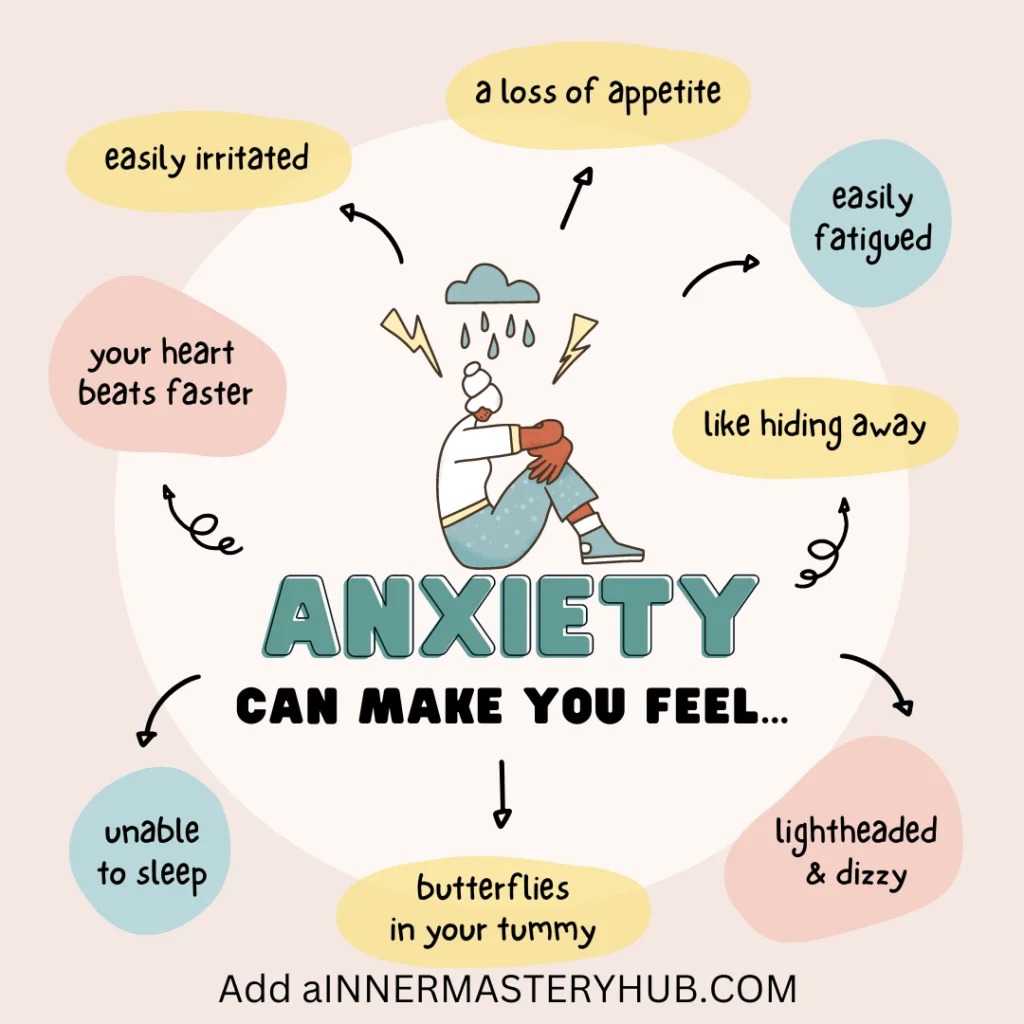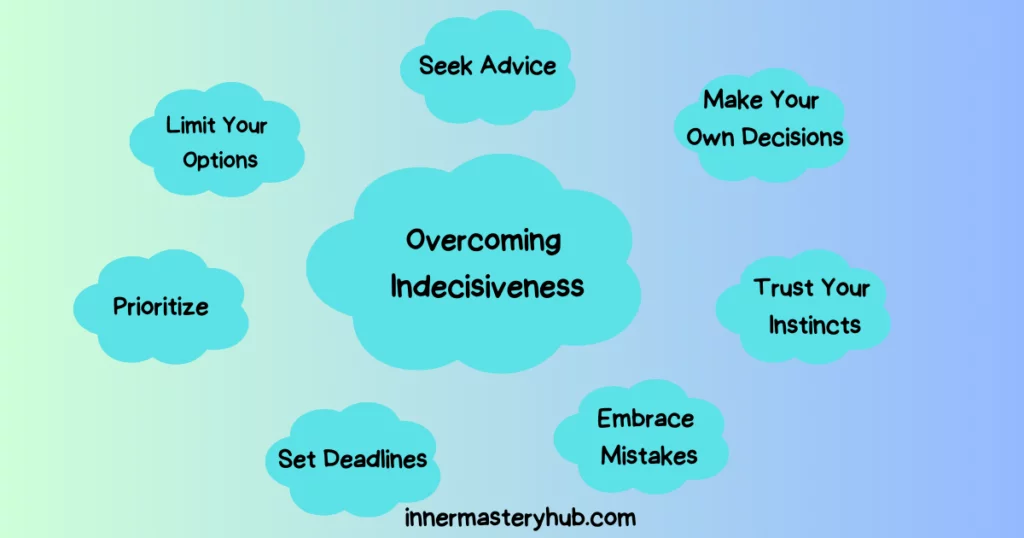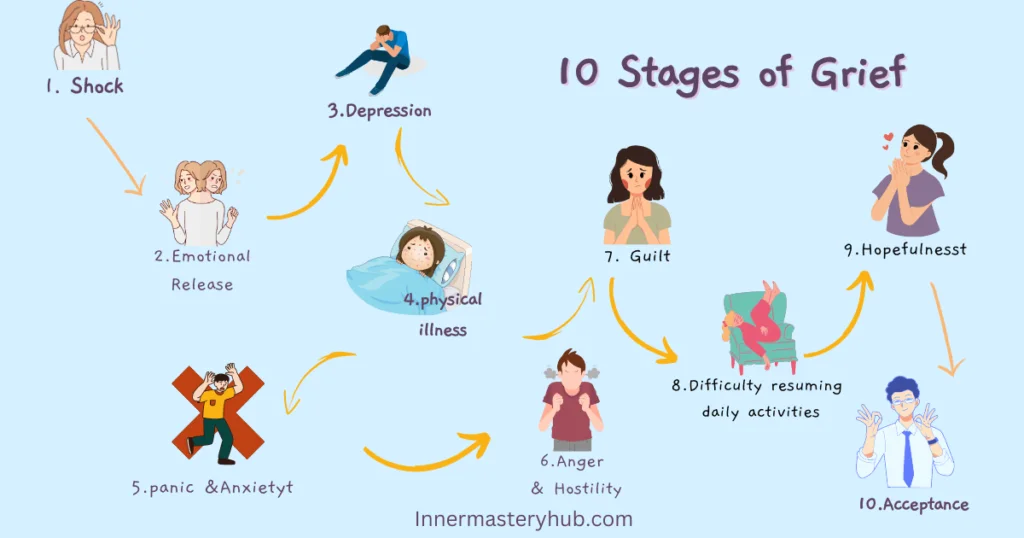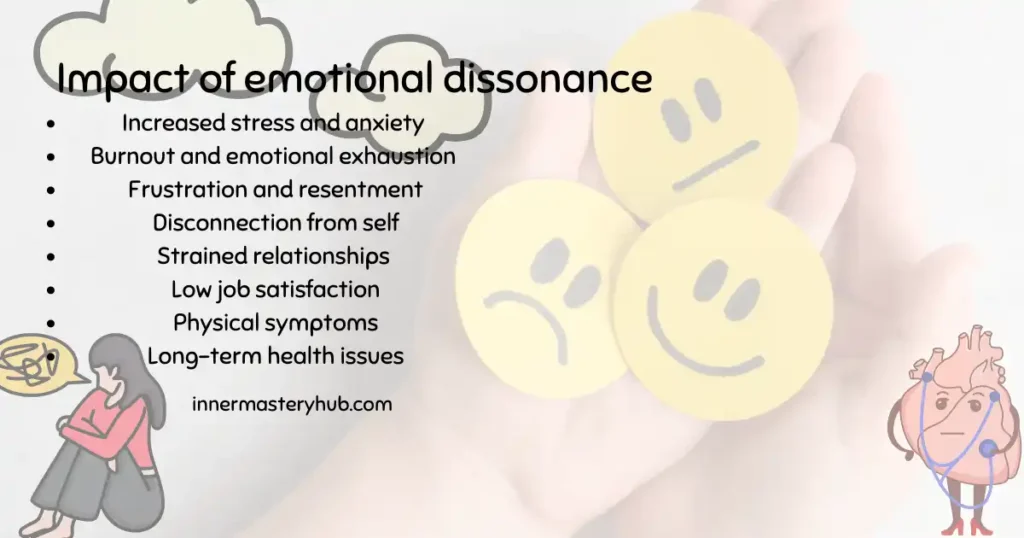
When fresh knowledge conflicts with your preconceived notions, attitudes, or beliefs, you’ve undoubtedly heard of the cognitive dissonance theory. You may experience this same type of emotional dissonance, but did you realize that?
The connection between cognitive dissonance and emotional dissonance is that both involve an internal conflict: cognitive dissonance is the discomfort brought on by holding opposing ideas or opinions, whereas emotional dissonance is the tension between expressed and true feelings.
Saying “I’m fine” when you’re not, expressing love when that love has waned, or smiling through a challenging workday when you’re feeling overwhelmed are all examples of this.
These little incidents can build up to cause tension that affects your relationships, emotional wellness, and even physical health. A lack of sincerity, resentment, and fatigue are frequently the results of emotional dissonance.
Emotional dissonance can be detrimental in both your personal and professional life. You could feel cut off from your actual self when you can’t communicate your true feelings, and this internal struggle can cause emotional pain that lasts a lifetime.
You can start along the path to more genuine emotional expression and better relationships by addressing emotional dissonance.
Table of Contents
why do we feel emotional dissonance?
When your internal feelings and the emotions you display on the outside diverge, it’s known as emotional dissonance. The most common cause of this is feeling under pressure to behave in a particular manner, even if it doesn’t match your feelings.
For instance, you might be required to maintain a good mood at work even when you’re upset or frustrated. Pretending everything is ok when it’s not is one way to mask your actual feelings in relationships in order to prevent confrontation.
We occasionally also pretend to feel emotions to conform to societal or cultural norms or out of concern for what other people may think.
Despite our negative emotions, society frequently pushes us to remain cheerful or optimistic. Over time, this can lead to emotional dissonance since it causes a gap between your inner feelings and your outside appearance.
signs of emotional dissonance
Emotional labor and emotional dissonance can have physical as well as emotional impacts. Emotional labor, which is the strain of continuously repressing or pretending to feel something you don’t to satisfy social or professional expectations, can eventually cause tension, worry, and even burnout.
Emotionally, you may become resentful, feel alienated from yourself, or become frustrated, particularly in relationships or at work. As an antecedent, this mismatch can also lead to low job satisfaction, turnover in organizational behavior, or strained relationships because it prevents you from being completely authentic.
Headaches, exhaustion, and other symptoms of stress can be physical manifestations of emotional conflict. Faking emotions requires emotional work that can impair mental and psychological health and result in emotional tiredness or a sense of emptiness.
You run the risk of developing long-term emotional and physical health problems the longer it persists.
impact of emotional dissonance
Here are the effects of emotional dissonance:
- Increased stress and anxiety from constantly hiding true feelings
- Burnout and emotional exhaustion due to the strain of faking emotions
- Frustration and resentment, especially in relationships or at work
- Disconnection from self, feeling like you’re just “going through the motions”
- Strained relationships because of inauthentic emotional expression
- Low job satisfaction, particularly in roles that require emotional performance
- Physical symptoms like headaches, fatigue, or tension
- Long-term health issues, both emotional and physical, if unresolved
Signs of emotional dissonance in relationships
Emotional dissonance in relationships occurs when a person’s expressed emotions are incongruent with their internal feelings. This can lead to a variety of negative consequences for the relationship. Here are some common signs:
1. Inconsistent Behavior
People who are experiencing emotional dissonance may act in ways that are inconsistent with their professed views or sentiments.
For instance, someone may be experiencing emotional dissonance if they act hurtfully or dismissively often while claiming to love their partner. Confusion and mistrust may result from this discrepancy in the partnership.
2. Reduced Intimacy
Emotional intimacy and connection may decline as a result of emotional discord. There may be a barrier to emotional intimacy when your partner is unable to communicate their actual needs and feelings. In the relationship, this may lead to feelings of alienation, loneliness, and separation.
3. Increased Conflict
Arguments and disagreements might occur frequently as a result of misaligned emotions. A spouse who is experiencing emotional dissonance may be more likely to act defensively, lashing out, or blaming others. Constructive dispute resolution may become challenging as a result, and a poisonous atmosphere may develop.
4. Difficulty Communicating
It may be challenging for your partner to express their actual wants and feelings because of the emotional turmoil brought on by emotional dissonance. They might fear judgment, rejection, or misunderstanding. This may result in miscommunication, animosity, and misunderstandings.
5. Betrayal
Feelings of betrayal and mistrust may result when an individual’s actions do not correspond with their proclaimed sentiments. A partner may feel incredibly deceived, for instance, if someone makes a vow to be faithful but cheats. Rebuilding trust may be challenging as a result of this harm to the relationship.
6. Resentment
Bitter and resentful sentiments can result from unresolved emotional conflict. Those who are unable to communicate their actual wants or sentiments may get resentful of their partner. Avoidance, a general lack of warmth, and passive-aggressive acts are some ways that this resentment shows up.
7. Avoidance
In an attempt to avoid dealing with the emotional issue, you can distance yourself from your partner or retreat. This could be a coping mechanism for the emotional distress and agony brought on by emotional dissonance.
Avoidance, however, can only cause further issues in the partnership. improving the relationship and establishing a healthy connection by tackling the underlying problems.
Establishing a safe zone where you both feel comfortable communicating your honest sentiments is crucial for resolving emotional discord in a relationship.
Pay close attention to what each other is saying, make an effort to comprehend their perspective, and demonstrate empathy. Do not hesitate to seek the assistance of a counselor or therapist if circumstances become extremely difficult. Together, you can resolve these problems to fortify your connection and create a more satisfying one.

Signs of emotional dissonance in organizational behavior
Emotional dissonance occurs when an individual’s expressed emotions are incongruent with their internal feelings. This can lead to a variety of negative outcomes in organizational behavior. Here are some common signs:
1. Inconsistent Behavior
Occasionally, people act in one way while saying another. For instance, if they feel compelled to lie, someone who truly values honesty may do so. They may experience self-loathing and internal struggle as a result.
2. Reduced Job Satisfaction
People may have feelings of unhappiness and unfulfillment when they are unable to be themselves at work. Your motivation and mental health may suffer if you have a strong work ethic but are required to perform tasks that contradict your values.
3. Increased Stress
When you feel like you’re not being authentic, it can be upsetting. The ongoing conflict between your inner self and your external appearance can be draining and debilitating. In addition to mental health concerns like worry and despair, this can result in physical difficulties including headaches, fatigue, and difficulty sleeping.
4. Lower Job Performance
Being emotionally dissonant might make it difficult to concentrate and operate well. You could struggle to focus and feel unmotivated. You may also be more prone to make mistakes as a result of all the tension and worry.
5. Absenteeism and Turnover
People may use sick days or even quit their jobs more frequently when they are anxious and unhappy at work. It may be difficult to remain dedicated to your work when you’re under stress. In certain situations, people may seek employment elsewhere in order to avoid the unpleasant emotions.
6. Decreased Morale
If one employee is depressed, it can affect everyone else. An unfavorable work atmosphere can hinder productivity, increase conflict, and negatively impact the company’s performance as a whole.
7. Reduced Productivity
It can be challenging for people to concentrate and finish tasks when they are feeling anxious and conflicted. This may cause the entire business to lag. Getting anything done will be difficult if everyone is depressed and uninspired.
8. Increased Conflict
People may argue with their coworkers more frequently when they are emotionally and physically exhausted. Because of this, teams may find it challenging to collaborate and complete tasks.
9. Negative Customer Interactions
If employees are feeling stressed and frustrated, they might be rude or impatient with customers. This can damage the company’s reputation.
10. Damaged Reputation
An unfavorable workplace culture and low staff morale might harm the company’s reputation. It might be challenging to keep up a positive public image when workers are disgruntled and dissatisfied.
A damaged reputation can result from a decrease in production, high turnover rates, and unfavorable customer interactions. This might have detrimental effects on the company, such as a decline in revenue, a loss of clients, and trouble luring and keeping top staff.
In order to alleviate emotional dissonance, companies should provide a safe workplace that promotes candid communication and motivates staff members to share their emotions and engage in emotional labor.
Furthermore, offering training and development initiatives to assist staff members in developing emotional intelligence, emotion regulation, and emotional management skills might be advantageous. Encouraging work-life balance is also crucial for lowering stress and enhancing general wellbeing.
Finally, promoting real leadership approaches that prioritize openness, truthfulness, and compassion can help create a productive and encouraging workplace.
RELATED POSTS
People Hate Emotionally Immature Woman:10 Undeniable Reasons
Understanding The Emotionally Unavailable Parents
8 Ways to Boost Your Emotional Curiosity: Nurturing The Quest Within

